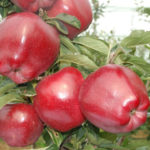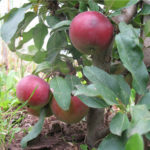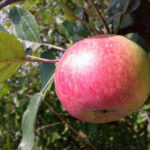Pear variety Tenderness
There is very little information about the pear variety Tenderness. In official sources, such as the State Register of Plants of the Russian Federation, for example, it is not listed. But on the forums, gardeners are actively sharing observations and recommendations regarding this variety. There is no information about the exact date of the appearance, but the authors of this pear are known - the father and son of Yakovlev. The genetic material was Clapp's Favorite and Topic... Our heroine grows well and bears fruit in central Russia, the Moscow region and the Volga region.
Description
The tree is medium-sized, about 4 meters high. Differs in good growth of shoots, which form a sparse, well-folded voluminous crown. The branches are thin, with light gray-brown bark. Lentils are light, small, in moderation. Tenderness is distinguished by a powerful one-year growth. The leaves are large, elongated-ovate, with a short-pointed apex and a rounded-wedge-shaped base, the edge is finely serrate. The leaf blade is moderately leathery, with delicate feathery venation, glossy, not pubescent. The color is dark green. The petiole is long, light green. The flowers of the variety are white, five-petal and fragrant, of medium size. The appearance of the pear is assessed as attractive.
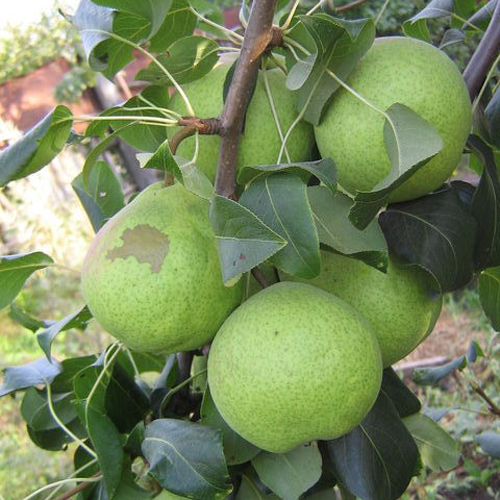
The fruits of Tenderness are large, with an average weight of 150 grams, although 100 and 200 gram specimens are no exception. The shape is kubarevid, leveled. At the beginning of ripening, the main color of the skin is bright green, during ripeness it becomes yellowish-greenish, the blush is blurred, pink, insignificant, on the illuminated side. Subcutaneous points are grayish, numerous. A saucer of moderate width and depth. The cup is open. The peduncle is not very long, of moderate thickness. The pulp is juicy, tender, sweet and sour. Assessment of taste from tasters - 3 - 4 points. 100 grams of pulp contains: sugar 21%, acids 0.35%, vitamin C 17.0 mg, catechins 10.4 mg. The ratio of sugar to acid is 20.
Variety characteristics
- The fruiting period for Tenderness begins 4 years after planting a two-year-old seedling;
- ripening period - early autumn;
- the yield is declared high. According to information from Internet sources, it is up to 40 kg per tree;
- flowering occurs at a later date, which helps to avoid frost damage;
- according to reviews, in the first year or two of flowering, the pear does not tie fruits;
- the plant has good immunity, leaves and fruits are highly resistant to scab;
- winter hardiness of Tenderness in the suburbs is good. Gardeners of the Nizhny Novgorod region note the resistance of wood to frost, but the buds suffer greatly. The author of the variety, however, pointed out that after thaws, which were replaced by severe frosts, the trees were damaged;
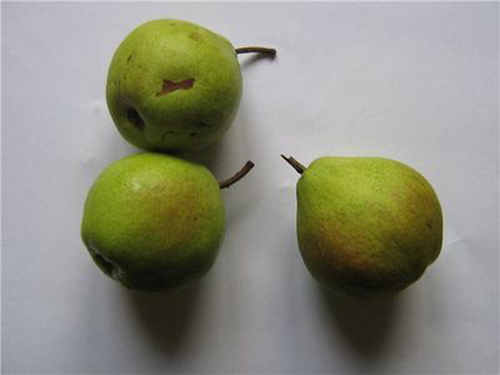
- the keeping quality of the fruits is insufficient - about 2 weeks. If the fruit is overripe, then the flesh inside becomes brown and hardly edible;
- the purpose of using the fruits is table.
Planting and leaving
It is best to plant a pear in spring, so that the plant has time to adapt to new conditions before the onset of frost. But spring planting requires regular watering. The place should preferably be sunny, in the south side of the garden, protected from strong winds. In order to form branches of the 2nd and 3rd orders, at a young age the plant needs to be systematically shortened. The cultivation and care process is no different from the generally accepted one.
Tenderness is often viewed by breeders as a donor of early maturity, high winter hardiness and disease resistance. In the garden, the tree is able to show itself as a healthy and productive crop. True, opinions differ greatly regarding the taste of the variety, and the keeping quality of the fruits is low.
